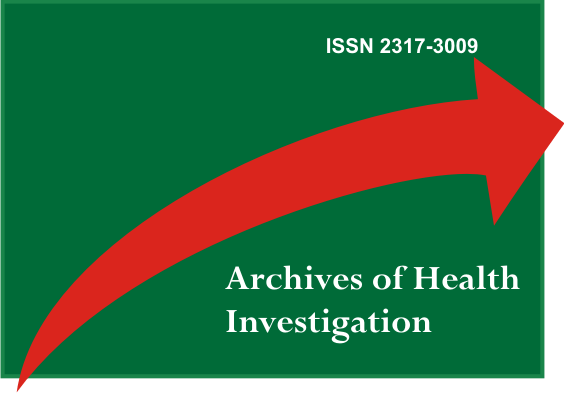Painel 13 - Comparison of in vitro erosive protocols for dentine to non-carious cervical lesions: analysis of mechanical properties and surface gloss
Resumen
Objectives: To compare the mechanical properties and surface gloss of bovine dentine after in vitro erosive protocols to human dentine with noncarious cervical lesions (NCCL). Methods: Blocks of cervical dentine were used: sound human dentine (n=10), human dentine with NCCL (n=10), and bovine dentine (n=30). Twenty bovine blocks were submitted to two erosive protocols (n=10/protocol). In the first protocol, samples were demineralized with a hydrochloric acid pepsin solution (HCl - pepsin) over 9 days (6 × 2 min/day, pH 1.6), treated with a trypsin solution (6 × 10 min/day), and then brushed (2 × 15 s/day) after the first and last trypsin treatment. In the second protocol, samples were demineralized with 2% acid citric (4 × 5 min/day, pH 2.8) and brushed (4 × 15 s/day) after each erosive cycle. Samples were analyzed in order to obtain Martens hardness values (HMV), elastic modulus (Eit*), and surface gloss. Results: Although values on the mechanical properties of dentin submitted to erosive protocol HCl - pepsin showed differences to human dentin with NCCL (p<0.05), approached more compared to the erosive protocol citric acid. The bovine dentine that underwent erosive protocols and the human dentine with NCCL presented similar surface gloss values (p>0.05). Conclusion: The HCl - pepsin protocol applied in bovine dentine was able to accurately mimic mechanical properties and surface gloss of human dentine with NCCL.(Apoio: FAPESP 2014/11734-8 for financial support)
Descargas
Descargas
Publicado
2017-01-27
Cómo citar
Moda, M., Fagundes, T., Bresciani, E., & Dos Santos, P. (2017). Painel 13 - Comparison of in vitro erosive protocols for dentine to non-carious cervical lesions: analysis of mechanical properties and surface gloss. ARCHIVES OF HEALTH INVESTIGATION, 5. Recuperado a partir de https://archhealthinvestigation.com.br/ARCHI/article/view/1941
Número
Sección
Conteúdo


